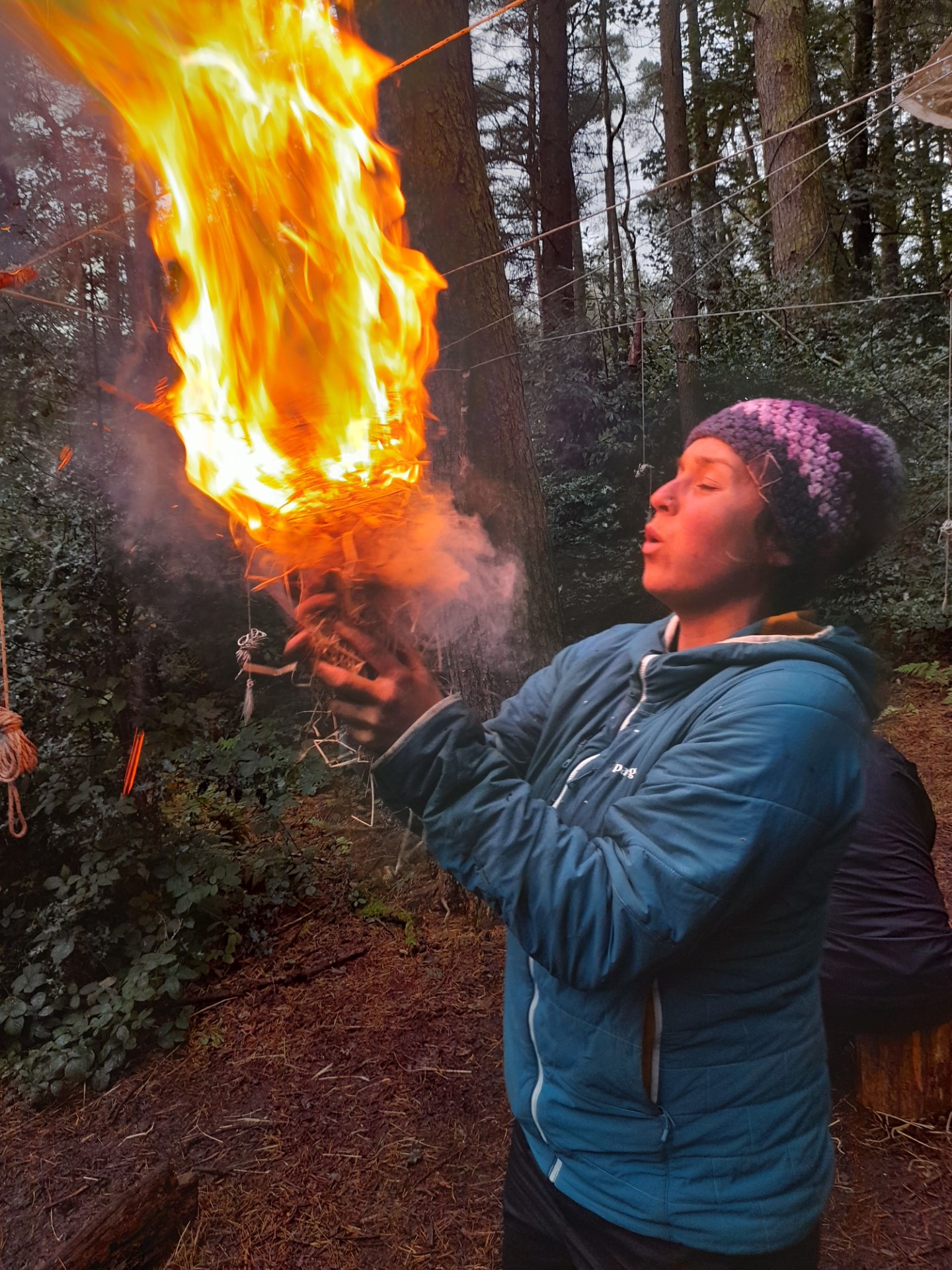Website under redevelopment.
For enquiries about training, therapy or supervision for Schools please email Bridget.Sheehan@eQe-ltd.com
If you are interested in our Wilderness Therapy training please click here:

For enquiries about training, therapy or supervision for Schools please email Bridget.Sheehan@eQe-ltd.com
If you are interested in our Wilderness Therapy training please click here:
